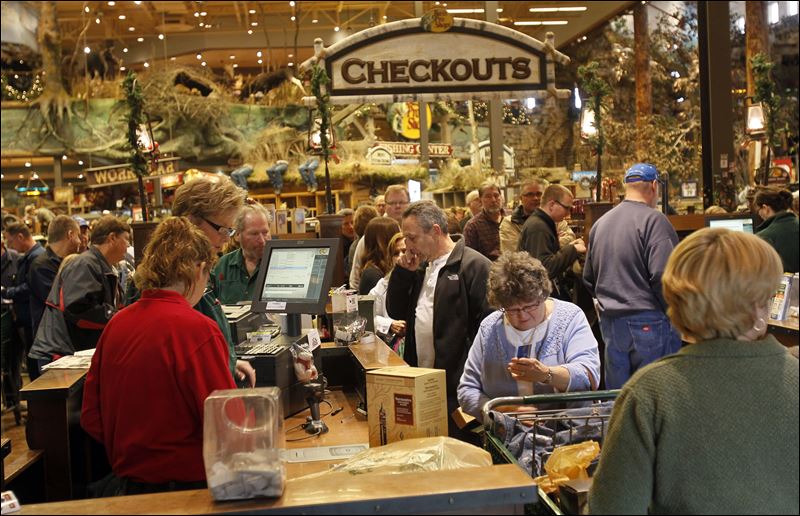 It is often said
that in order for a fitness workout to be successful, it is necessary to endure
pain. I'm sure that all of you have heard of the saying, "No pain, no
gain," which is a popular belief among both men and women in terms of
exercising. However, the necessity of pain during a workout is put into
question in this article, Feeling Pain written by Pirkko Markula. Markula
focuses on the feminine aspect of the issue, in which he says that women have
adopted male principles in that they often ignore and endure the pain they
experience while exercising because they feel as if pain is an essential
element of fitness. Many women think of pain as just being "part of the
game," such as in running and other physically demanding sports. However,
this article addresses the fact that women athletes must learn to differentiate
between the different types of pain that one may endure.
It is often said
that in order for a fitness workout to be successful, it is necessary to endure
pain. I'm sure that all of you have heard of the saying, "No pain, no
gain," which is a popular belief among both men and women in terms of
exercising. However, the necessity of pain during a workout is put into
question in this article, Feeling Pain written by Pirkko Markula. Markula
focuses on the feminine aspect of the issue, in which he says that women have
adopted male principles in that they often ignore and endure the pain they
experience while exercising because they feel as if pain is an essential
element of fitness. Many women think of pain as just being "part of the
game," such as in running and other physically demanding sports. However,
this article addresses the fact that women athletes must learn to differentiate
between the different types of pain that one may endure.
There are two
different types of pain that one may experience while exercising -- good pain
and bad pain. Good pain refers to the everyday "hurt" that is
associated with muscles whereas pain in
joints, ligaments, and bones indicate bad pain. One must have the ability to
stop when they realize that they are enduring bad pain and when it becomes too
much for his or her body to handle. While pain is considered an essential
aspect of many sport women's experiences, it can become a problem when the
female chooses to ignore pain and allow it to become "numb" to their
bodily feelings, such as in dancing. In the article, the author talks about a
study that he conducted of dancers and their experiences with pain. He found
that dancers are known to accept pain as a necessary part of their culture and
many have said that they need to be in pain in order to know that they are
pushing their limits. They have some difficulty, however, trying to distinguish
between pain and injury and thus, do not always realize when they pass from
feeling pain to actually injuring their bodies. They have the determined
mindset that as long as they have the ability to move, the pain can be ignored.
 While exercising, it
may be difficult to feel as if you are really working hard without enduring
some kind of pain. However, this article supports that the most important part
of exercising is learning when the pain has the capability of passing from just
a simple "hurt" to a possible injury. Pain is an expected and
accepted aspect of exercise culture. During physical activities, bodily pain is
usually a sign that something is wrong. While dancers and athletes are aware of
this fact, they feel as if they cannot afford to stop due to the requirements
of their performance culture. So now, I am asking you for your thoughts. Does
working hard have to be painful? Do you think that exercise needs to hurt in
order to attain maximum performance? How can you distinguish between good and
bad pain during an exercise? How is an exerciser to know when to push his or
her body or when to stop?
While exercising, it
may be difficult to feel as if you are really working hard without enduring
some kind of pain. However, this article supports that the most important part
of exercising is learning when the pain has the capability of passing from just
a simple "hurt" to a possible injury. Pain is an expected and
accepted aspect of exercise culture. During physical activities, bodily pain is
usually a sign that something is wrong. While dancers and athletes are aware of
this fact, they feel as if they cannot afford to stop due to the requirements
of their performance culture. So now, I am asking you for your thoughts. Does
working hard have to be painful? Do you think that exercise needs to hurt in
order to attain maximum performance? How can you distinguish between good and
bad pain during an exercise? How is an exerciser to know when to push his or
her body or when to stop?




